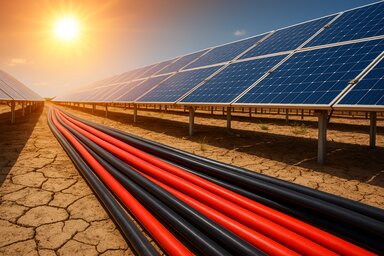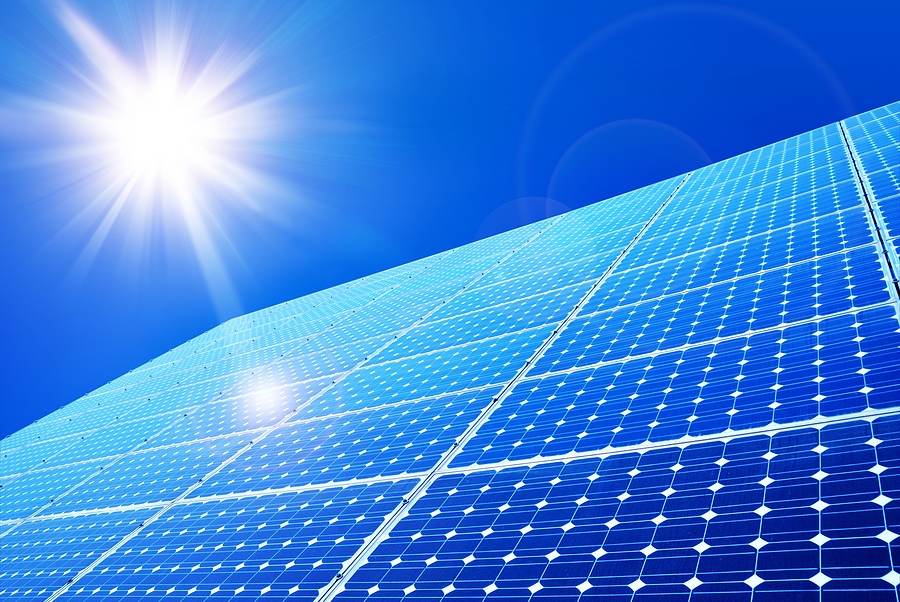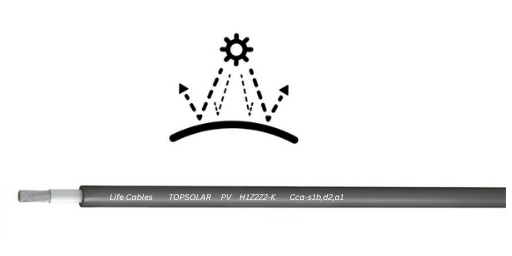Solar cables on PV plants during high temperatures

Solar cables in photovoltaic (PV) plants are critical components that must withstand harsh environmental conditions — especially high temperatures. Here’s a focused overview on the behavior, challenges, and considerations for solar cables operating under high temperatures in PV plants:

🔥 Impact of High Temperatures on Solar Cables
- Thermal Aging & Insulation Degradation
- Prolonged exposure to high temperatures accelerates insulation degradation (e.g., cross-linked polyethylene, rubber, or halogen-free compounds).
- UV exposure + heat can cause cracking or embrittlement in subpar cable jackets.
- Current Carrying Capacity (De-rating)
- Ampacity decreases with temperature rise. Cables rated at 90°C, 105°C, or even 125°C must be de-rated if ambient temperatures exceed 30°C.
- Example: At 60°C ambient, a cable may only carry ~70–80% of its rated current.
- Resistance Increase
- Copper/aluminum conductors have positive temperature coefficients — their resistance increases with heat, reducing efficiency and increasing I²R losses.
- Mechanical Properties
- Extreme heat can soften insulation, reducing abrasion resistance and increasing risk of damage during movement or vibration.

✅ Design and Installation Considerations
- Cable Selection
- Use solar-specific cables (e.g., EN 50618-compliant H1Z2Z2-K or UL 4703 cables).
- Ensure temperature ratings of at least:
- -40°C to +90°C for continuous operation.
- Up to +120°C for conductor under overload conditions.
- Proper Derating Calculations
- Factor in ambient temperature, cable bundling, installation method (direct burial, tray, conduit), and solar irradiance when calculating ampacity.
- Refer to standards: IEC 60287 (for buried/ducted cables), NEC Table 310.15(B)(2)(a) (for U.S.).
- Ventilation and Layout
- Avoid bundling too many cables together.
- Use cable trays with adequate ventilation or install underground with appropriate soil thermal resistivity.
- Avoid direct contact with hot metallic surfaces.
- Monitoring and Maintenance
- Use thermal cameras or sensors to monitor cable hot spots in large-scale PV farms.
- Inspect periodically for signs of insulation cracking, discoloration, or melting.

🌞 Summary Table
| Feature | Good Practice |
|---|---|
| Cable Type | H1Z2Z2-K / PV1-F / UL 4703 |
| Temp Rating | Min. 90°C (continuous); up to 120°C (short-term) |
| UV & Ozone Resistance | Required |
| Flame Retardant | Halogen-free, low smoke preferred |
| Derating | Apply for >30°C ambient |
| Monitoring | Thermal inspection in high-temp zones |




